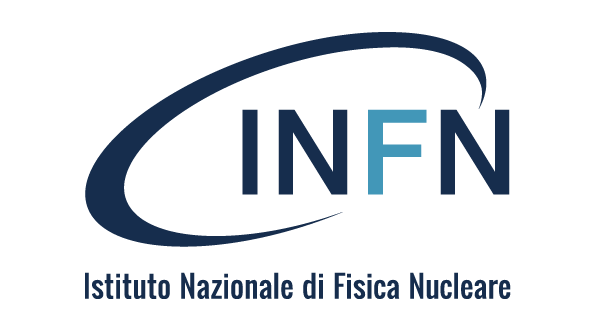MEMORIES
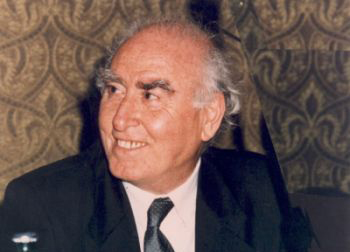
8 AUGUST 1951: THE ORIGINS OF INFN OUTLINED BY GIORGIO SALVINI
On 14 November 2001, during the event organised at the Accademia Nazionale dei Lincei for the celebrations of INFN Fiftieth Anniversary, Giorgio Salvini, the driving force behind the early years of the Institute, of which he had been president from 1966 to 1970, after Edoardo Amaldi, retraced, in the course of a speech, the salient stages and successes of the first half-century of the institute's life. The speech, full of background and personal memories, still represents a unique historical testimony, able to provide a clear picture of the scientific, political and social context in which INFN was born, while outlining the character and qualities of the extraordinary figures who played a leading role in this history. In the year in which the Institute celebrates its 70th anniversary, we have therefore decided to offer you an extract of Giorgio Salvini's speech, which, starting from the crisis of Italian physics after World War II, describes the challenges faced by the INFN towards the first great successes obtained starting from the first half of the 1950s with the Frascati Electrosynchrotron and the ADA and ADONE colliders, and with the subsequent ones linked to the beginning of international collaborations.
Enrico Fermi and Bruno Rossi
Our country contributed to the progress of science throughout the world in the first decades of the last century, with people, initiatives and institutes of great value: astronomy with Giovanni Schiaparelli and his school; chemistry with contributions ranging from Stanislao Cannizzaro to Giulio Natta; biology with Giovanni Battista Grassi; mathematics with Tullio Levi Civita's inspiring openness to quantum physics and general relativity fundamental physics research with Enrico Fermi and Bruno Rossi. ...NEWS
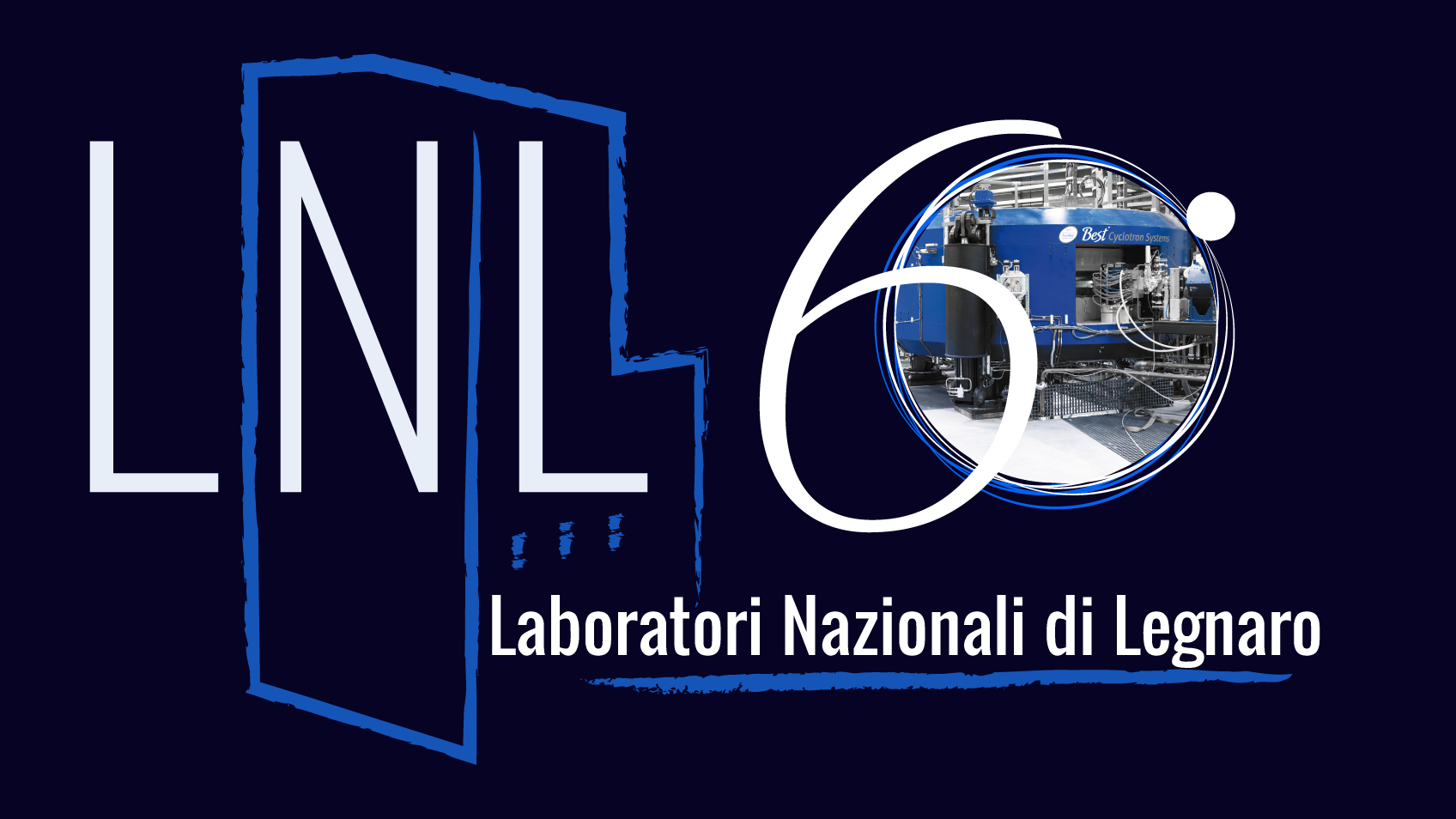
ANNIVERSARIES
HAPPY BIRTHDAY TO INFN LEGNARO NATIONAL LABORATORIES
The celebration ceremony for the 60th anniversary of the INFN Legnaro National Laboratories took place on 15th October. The event was attended, among the others, by the President of INFN Antonio Zoccoli, the main protagonists of the scientific and institutional history of the Laboratories, the Rector of the University of Padua and the main representatives of the local Institutions and Administrations. To welcome the guests, the ...
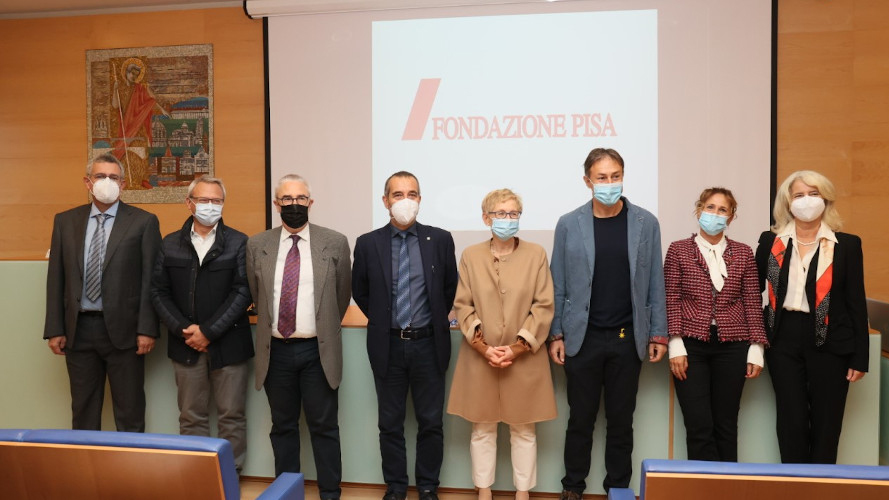
APPLICATIONS
FLASH THERAPY GIVES NEW HOPE FOR TREATING TUMOURS
Fondazione Pisa will support with a grant of €1.3 million the research project ‘Electron Flash Therapy’, which was presented on 12 October at a press conference in the Palazzo Blu auditorium. The project involves conducting a thorough study of the so-called FLASH effect, a line of research on which an agreement with the University of Pisa, the institution leading the project, was signed, together with the University Hospital ...
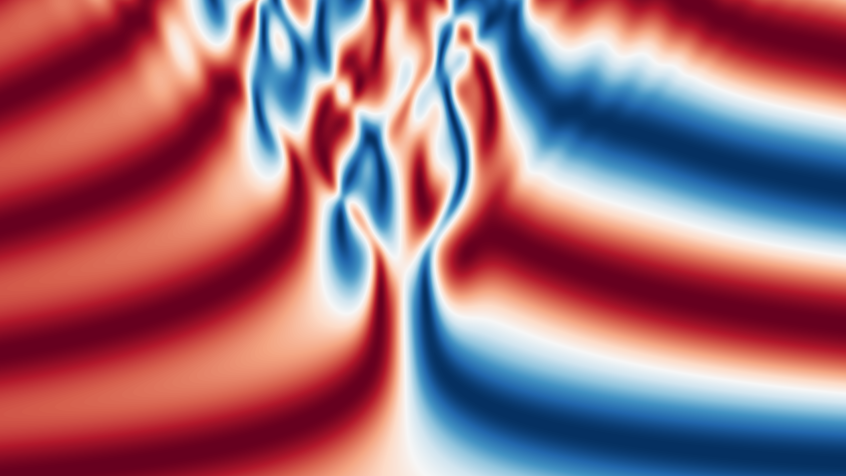
RESEARCH
STUDYING THE ELECTRONICS OF THE FUTURE WITH QUANTUM GAS
Research published in the October edition of the journal Nature Physics sheds light on some quantum mechanisms at the basis of spintronics, a sector dedicated to developing high-performance, low-consumption electronic devices. The study was conducted as part of a collaboration between the National Institute of Optics of the CNR, ...
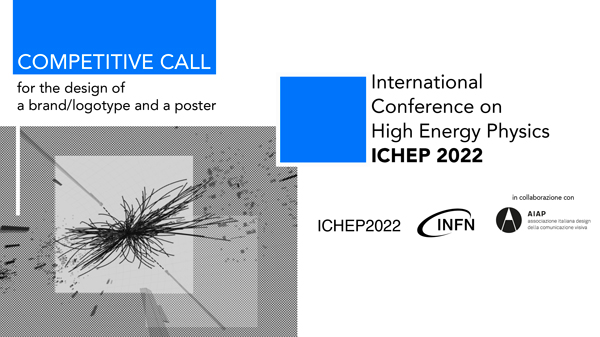
EVENT
2022 INTERNATIONAL ICHEP CONFERENCE COMES TO ITALY AND SEEKS ITS IMAGE
ICHEP, the International Conference on High Energy Physics, is coming to Italy for the first time from 6-13 July 2022. It will gather in Bologna theoretical and experimental physicists from around the world who are engaged in the field of particle physics. On the occasion of this big event, the conference organising committee has launched, ...
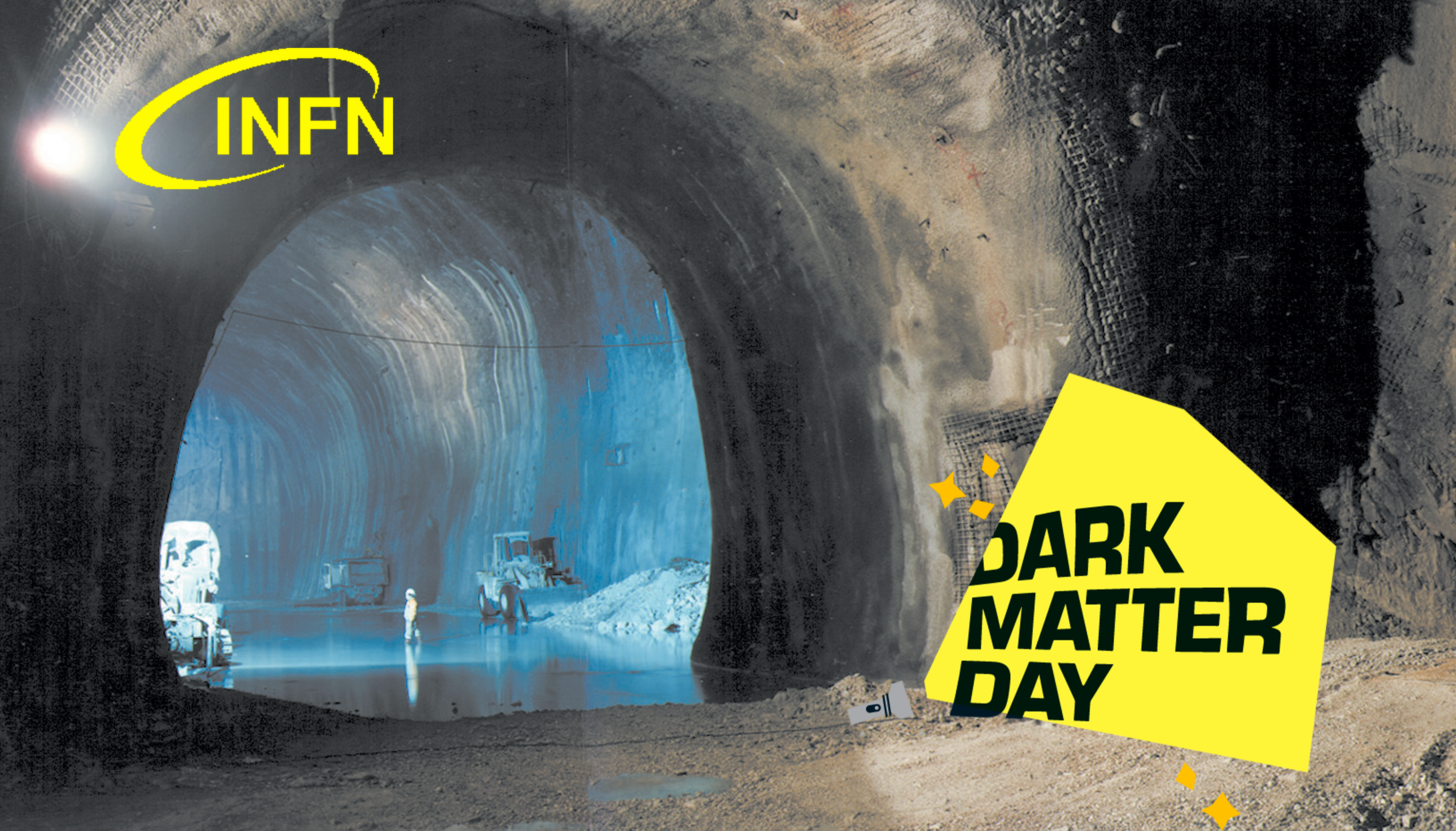
OUTREACH
INFN CELEBRATED DARK MATTER DAY AT THE INFN GRAN SASSO NATIONAL LABORATORIES
On the occasion of Dark Matter Day, on Friday October 29, INFN organised a live event on its own Facebook and YouTube channels at the Gran Sasso National Laboratory. Like every year, the Dark Matter Day presents the public with the research and efforts undertaken in the field of mysterious dark matter research. It is thought that dark matter composes almost 85% of all ...
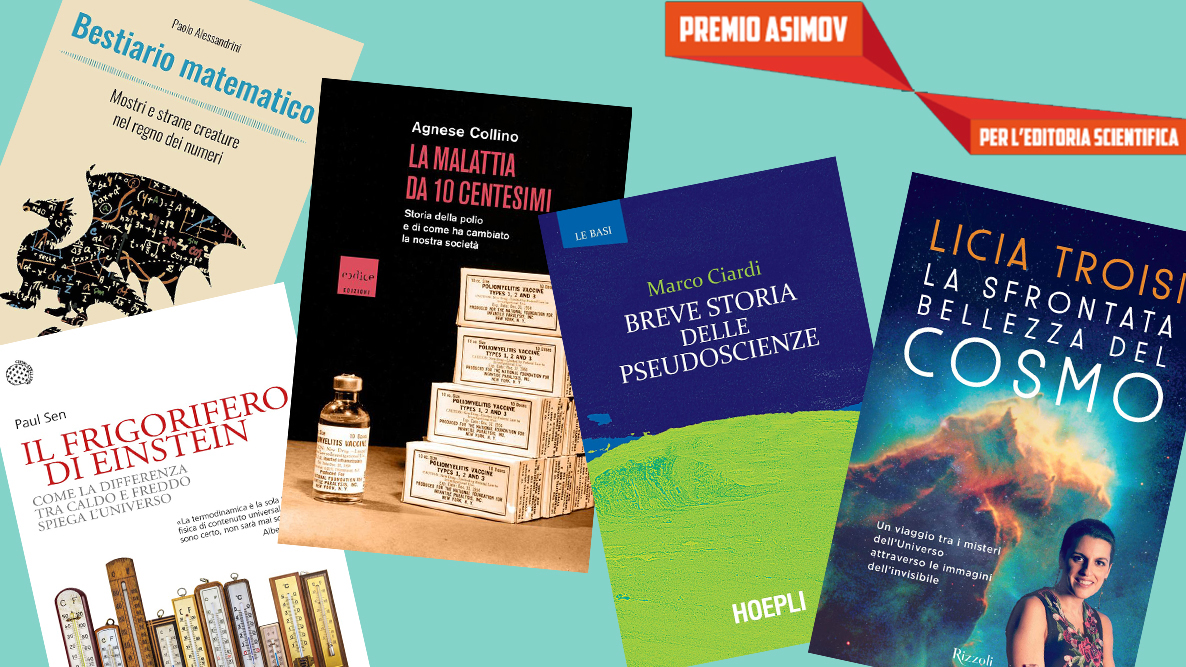
OUTREACH
ASIMOV PRIZE AT THE TURIN INTERNATIONAL BOOK FAIR. 5 FINALIST BOOKS ANNOUNCED
Will it be the “monstrous” theorems that populate mathematics books or images of the cosmos or pseudoscience to conquer the thousands of students who will participate as jurists in the 7th edition of the Asimov prize? In the Bronze Room of Turin’s International Book Fair, on 15 October 2021, during “The end of the Asimov ...
FOCUS
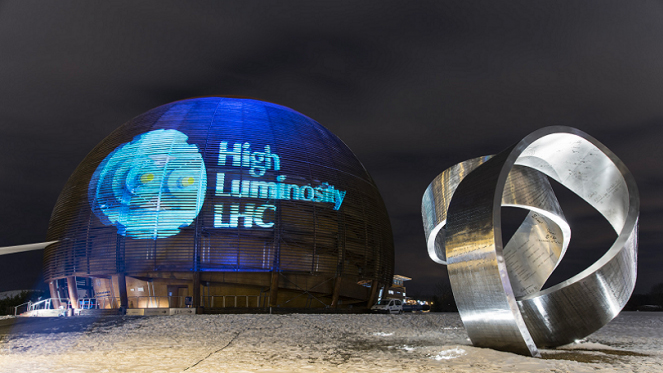 FROM THE SYNERGY BETWEEN RESEARCH AND INDUSTRY:
THE NEW SUPERCONDUCTIVE DIPOLES FOR HL-LHC
FROM THE SYNERGY BETWEEN RESEARCH AND INDUSTRY:
THE NEW SUPERCONDUCTIVE DIPOLES FOR HL-LHC
The High Luminosity LHC (HL-LHC) project is aimed at upgrading the LHC accelerator, the most powerful particle accelerator in the world, for a further improvement in its performance from 2026 onwards. With this goal, HL-LHC is exploring new configurations and advanced technologies in the fields of superconductivity, cryogenics, radiation shielding materials, electronics and remote handling. Launched in 2011 as a design studio under the European Commission's Seventh Framework Program (FP7), HL-LHC will be installed in the LHC tunnel during the Long Shutdown 3 (LS3), happening between 2025 and 2027, though installation of a few component of HL-LHC have been anticipated in Long Shutdown 2 (LS2), between 2019 and 2021. ...
TAKE PART IN
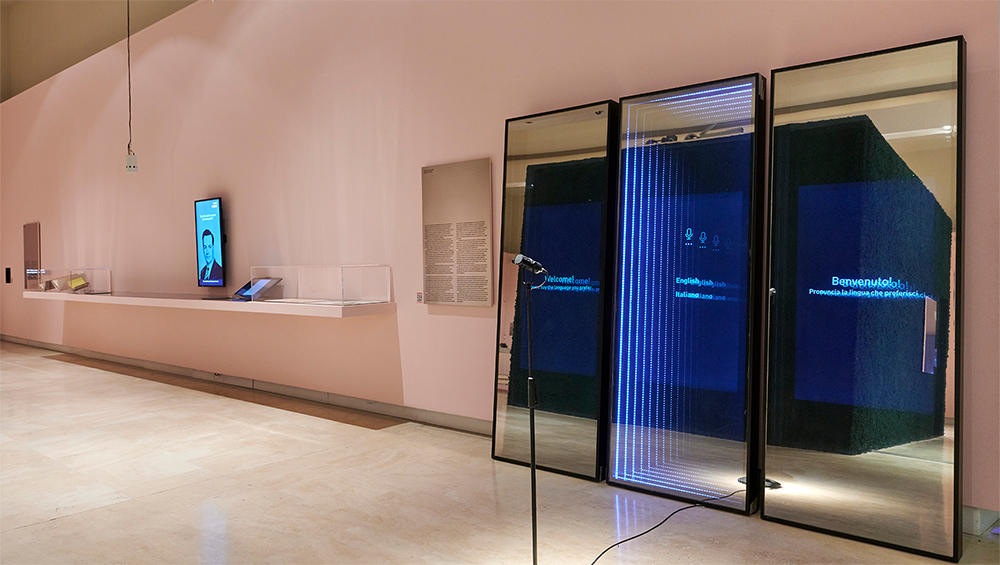 INFN AT THE ROME SCIENCE FESTIVAL and other events
INFN AT THE ROME SCIENCE FESTIVAL and other events
THE UNCERTAINTY EXHIBITION AND ITS PROGRAMME OF PUBLIC EVENTS CONTINUE UNTIL 27 FEBRUARY 2022
The exhibition "Uncertainty: Interpreting the present, predicting the future" organised by INFN continues at Rome’s Palazzo delle Esposizioni. The show is dedicated to the scientific approach to this broad and variegated theme, which is so central to contemporary society and, now more than ever, very relevant. The rich programme of public events that are part of the wider Azienda Speciale Palaexpo project "Three Stations for Art-Science", promoted by Roma Culture, also continues. This includes both "Uncertainty" and "The Science of Rome" and "T Zero" exhibitions.
and other events...
INFORMATION AND CONTACT
Images cover
Prototype of a quadrupole magnet for the High-Luminosity LHC. Image: Robert Hradil, Monika Majer/ProStudio22.ch
Download the newsletter in pdf format
ENGLISH VERSION | ITALIAN VERSION
INFN - COMMUNICATIONS OFFICE
comunicazione@presid.infn.it
+39 06 6868162
EDITORIAL BOARD
Coordination:
Francesca Scianitti
Project and contents:
Cecilia Collà Ruvolo, Eleonora Cossi, Matteo Massicci, Anna Greco, Francesca Mazzotta, Francesca Scianitti, Antonella Varaschin
Graphic design:
Francesca Cuicchio
Translation
ALLtrad
ICT service:
Servizio Infrastrutture e Servizi Informatici Nazionali INFN
